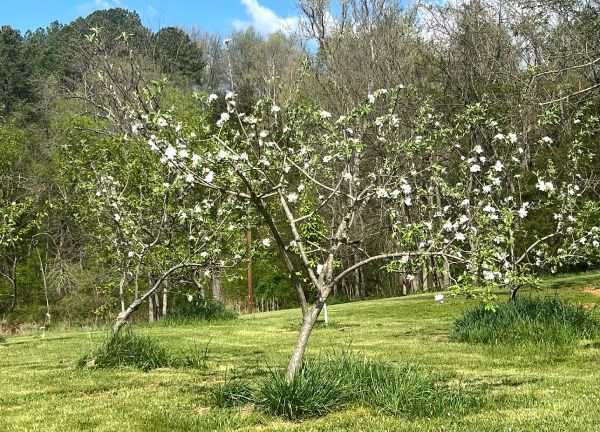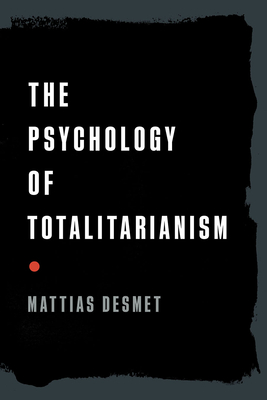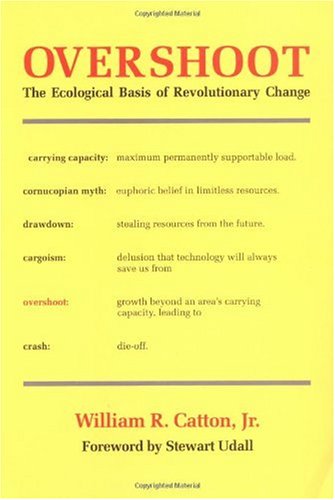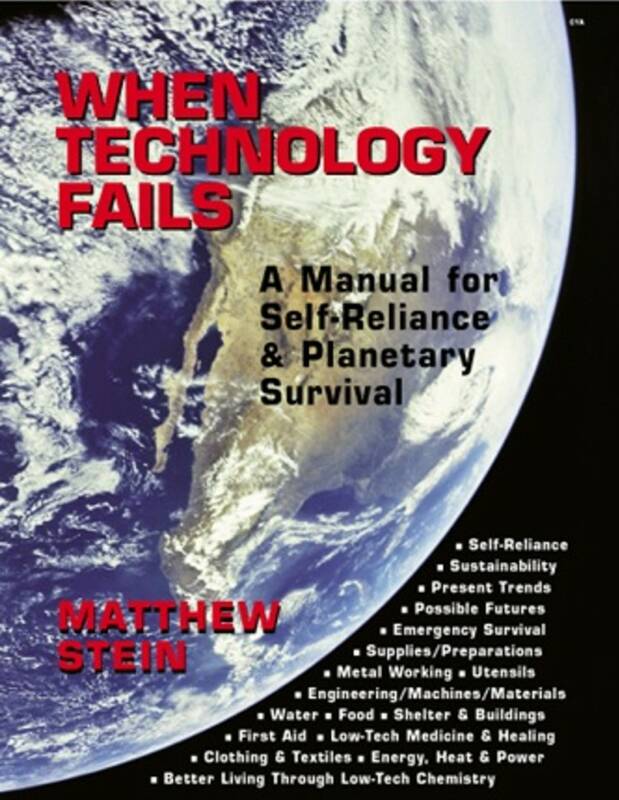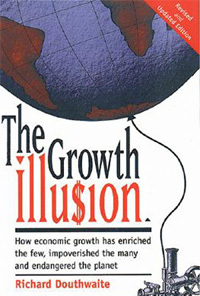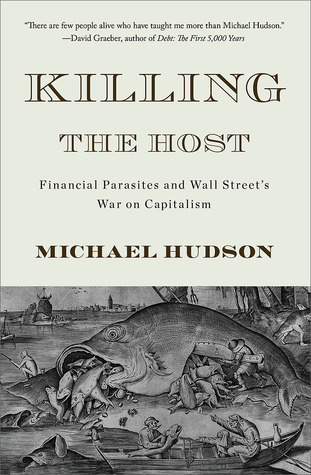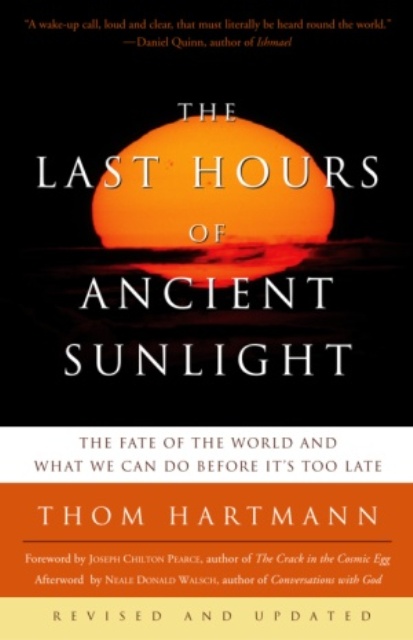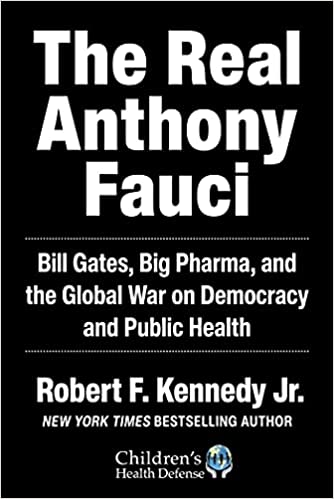Homesteading (or “Farmsteading”) is a journey of self-sufficiency, and a path that may or may not lead to a life off-the-grid. It's about building or rebuilding a home and/or farm, and learning to live off the land.
It may be about teaching those skills to others, such as family and friends. Homesteading often involves barter of food, seeds, resources and time. Whether you're practicing on a small scale- like cultivating a hydroponic garden in your apartment or keeping three hens in the backyard- or on a larger scale, the sense of accomplishment and empowerment is immense. So, embrace this fulfilling and empowering work - you have the power to do it!
During WWII, victory gardens provided Americans and soldiers with much of their food. This movement was led by the government, but was immediately abandoned post-war as soldiers returned to the farm, and as the economy needed a reboot. Modern co-op gardens gained popularity in the United States in the 1960s and 1970s, led by a back-to-the-earth movement. Self-sufficiency movements in the 1990s and 2000s began to apply the concept to urban and suburban settings. Fast forward to the present and now the off-the-grid movement and regenerative farming techniques are sweeping the nation. Whatever the name, homesteading offers both a respite from “modern” life as well as healthier alternatives for living. One doesn’t need 40 acres, mule and a plow to practice homesteading. An old bucket and some seeds may be all that one needs to start.
Spinach and garlic that we planted in an old horse watering tank. The spinach is being harvested this month and the garlic is growing well for a July harvest. Jill has made an amazing quiche with eggs from our hens and spinach from the garden this week.
As our nation grapples with its flaws, as we seek meaning in our existence, and as our food systems become increasingly industrialized and synthetic, the need for healthier sources of food becomes self-evident. The truth is that the American diet is largely composed of ultra-processed foods, which by and large are detrimental to health. By homesteading. By becoming a part of your own food system which nourishes your body daily, you're creating a positive feedback loop. This will lead to a healthier life and a healthier body. The daily rituals of homesteading will not only nourish your body but also soothe your soul. Furthermore, the daily routines of homesteading are a source of low-impact exercise, which is extremely healthy. Particularly as we age.
There are many sources for information on homesteading, from building or repairing a house, off-the-grid systems, cooking, growing food, animal husbandry, politics, securing energy sources, and homeschooling – to list a few obvious ones. Homesteading is one way to explore the unexplored -without leaving our domicile. Of course, the internet has become the “go-to” for such information, but as one develops the skills needed to homestead, the truth is that it takes a lifetime to really establish relationships with local conditions, including the land, soil, water, tools, seeds, plants, animals and weather. This is a lifetime adventure in learning and doing.
For instance, this year we are going to plant corn as well as wheat. Corn is a crop that we have tried in the past, but our efforts have been stymied by the local deer population. These creatures enjoy nothing more than sleeping in a patch of corn and eating that crop from the inside out. One year, we discovered that overnight - the beloved corn patch had been hollowed out in the middle from the local deer enjoying a midnight snack in between naps. But this year, we will plant near the horses and place a motion-activated light nearby.
Jill makes bread from organic wheat berries, which she grinds herself using a Vitamix blender. So this year we are also going to try to grow our own wheat. That will require that we experiment with drying techniques after harvest, as well as threshing (the process of separating the wheat from the stalk). I am sure that our biggest issue will again be deer. They truly are the bane of our homesteading efforts. “Rats on sticks” is a phrase that resonates with me these days.
Homesteading is not confined to a specific location. It can happen anywhere, from an indoor vegetable garden to a potted parsley plant at the doorstep, to making preserves from locally sourced fruits. Homesteading is about reclaiming control of your life, about taking back the reins and shaping your own destiny, food supply and life. Shortening and simplifying the supply chain.
Homesteading is often a quiet act of rebellion. By homesteading, one can push back against the notion of our over-commercialized economy, which requires “coin” to survive. The idea that our food doesn’t have to be of unknowable origin and over-processed with chemical additives, pesticides, and herbicides is appealing on all sorts of levels. We have friends that are into the foraging movement, which they mostly practice on state and Federal parklands. This doesn’t require land or investment. Another great way to be off-the-grid and independent.
Spring is the best time to immerse yourself in a new homesteading adventure. Start small or large as time, energy and resources dictate. You can get as creative or as analytical as your mind desires. This is your life and your dreams.
Homesteading is healthy for the mind, body, and soul. So dig in and enjoy the journey.

